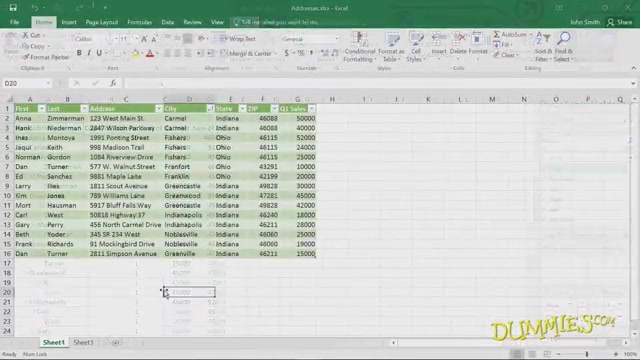

How to use Quick AnalysisĮnter your data in a spreadsheet, and if need be include column headings.

You can even add miniature graphs to single cells – called Sparklines – that allow you to quickly spot trends without having to look at a full graph. It even suggests a visualization method that best fits your data, making picking the correct way to show the information far easier. This feature allows users to instantly create charts and graphs with the click of a button. To make it easier to visualize your data, the Quick Analysis tool was introduced with Excel 2013. This could take some time and also lead to mistakes, not to mention the fact that it can be a challenge to pick the correct type of chart or graph for your data type. In older versions of Excel, if you wanted to visually analyze your data, you would have to first create a chart or graph and then format it. If you use Excel 2013, you have Quick Analysis – a powerful feature that allows you to quickly analyze data.īelow is an overview of the Quick Analysis tool in Microsoft Excel 2013.

One of Excel’s most useful functions is the ability to develop graphs and charts from information which can then be easily analyzed. This dynamic tool can be employed in a multitude of ways, from tracking time, to finances and even sales. Microsoft’s spreadsheet program, Excel, is one of the most useful tools that any manager’s disposal.


 0 kommentar(er)
0 kommentar(er)
